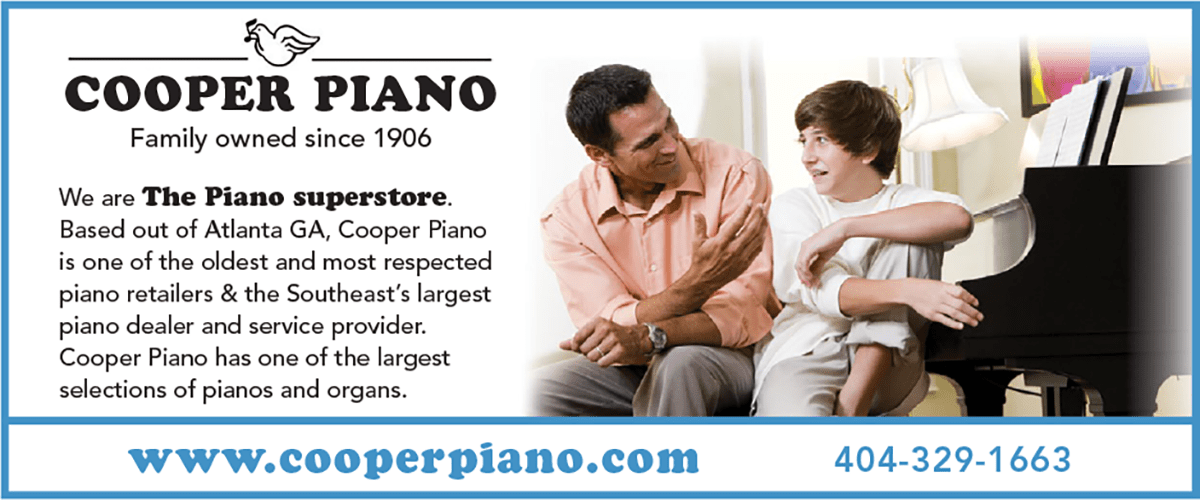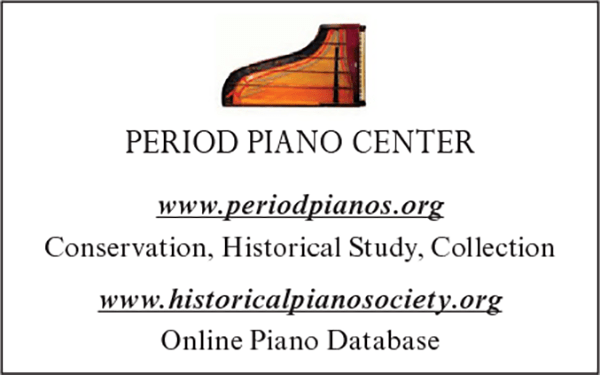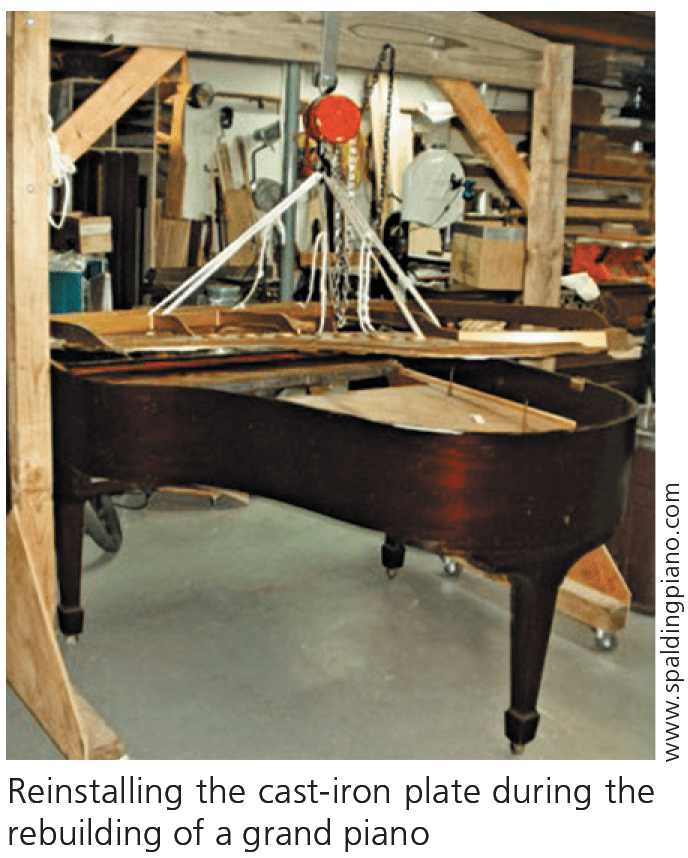
New Piano Advantages
- Manufacturer’s warranty
- Little chance of hidden defects
- Lower maintenance costs
- Easier to shop for
- Usually more local choices
- Longer piano life expectancy
- Greater peace of mind after purchasing
New Piano Disadvantages
- Higher upfront cost
- Significant depreciation loss if resold within first few years
- Limited choice of attractive older styles and finishes
Used Piano Advantages
- Lower upfront cost
- Greater choice of attractive older styles and finishes Can be more fun and interesting to shop for (if you like shopping for old things)
- Restorer may detail instrument to an extent that rivals new piano
- Piano likely to be already significantly depreciated, resulting in little or no loss if resold
Used Piano Disadvantages
- No manufacturer’s warranty (though there may be a dealer’s or restorer’s warranty)
- Greater chance of hidden defects (unless completely restored)
- Higher maintenance costs (unless completely restored)
- Shorter piano life expectancy (unless completely restored)
- Can be maddeningly difficult and confusing to shop for
- Need to pay technician to examine and appraise it
- Possible need to size up restorer’s ability to do a good job

Despite the longer list of disadvantages, most people buy used because of the lower upfront cost and because they feel they can manage the risks involved. The most important rule by far in managing risk is to have the piano professionally examined and appraised by a piano technician prior to purchase. This is especially important when buying from a private-party seller because there is no warranty, but it can also be done for peace of mind when buying from a professional seller, particularly if the piano is over ten years old. This will cost between $100 and $200 and is well worth the money. If you don’t already have a piano technician you trust, hire a Registered Piano Technician (RPT) member of the Piano Technicians Guild (PTG). You can locate one near you on the PTG website, www.ptg.org. (To be designated an RPT, a technician must pass a series of tests. This provides the customer with some assurance of competence.)

It helps to remember that a new piano becomes “used” the moment it is first sold. Although junk certainly exists, used pianos actually come in a bewildering variety of conditions and situations, many of which can be quite attractive, musically and financially. However, pianos offered for a few hundred dollars or for free on websites such as Craigslist are usually a very poor option. They almost invariably need a great deal of work to bring them into playable condition, and are not worth the considerable cost of moving them. See also our article “Advice About Used Pianos For Parents of Young Beginning Piano Students” for a list of brands of used piano probably best avoided.
The subject of used pianos is vast. The Piano Book has a chapter devoted to it, including how to do your own preliminary technical examination of a piano. A summary of the most important information, including a description of the most common types of used pianos, where to find them, and how much to pay, can be found in the article “Buying a Used or Restored Piano” elsewhere in this issue. See also our archive of past feature articles for additional articles about buying a used or restored piano.
Buying a Restored Piano
A subset of used pianos consists of instruments that have been professionally restored. The complete restoration of a piano is known as rebuilding. There is no universally agreed-on definition of what is included in a rebuilding job, so you have to ask specifically what has been done. A minimal partial restoration is called reconditioning — often just cleaning up the piano, replacing a few parts, tuning, and adjusting the action as needed. Vertical pianos are almost never completely rebuilt because the cost cannot be recouped in the sale price. However, verticals are frequently reconditioned. A complete rebuilding of a top-quality grand piano by a top-notch rebuilder generally costs from $20,000 to $40,000 — and that’s if you own the piano. If you’re buying the piano too, figure a total cost of from 75% to more than 100% of the cost of a new piano of similar quality. A partial rebuilding of a lower-quality brand might cost half that, or even less.
Buying a used or restored piano is generally more difficult than buying a new one because, in addition to making judgments about the underlying quality of the instrument, you also must make judgments about its condition or about the skill and trustworthiness of the restorer — there’s a greater concern about being burned if you make a mistake. Some find this too stressful or time-consuming. Others find the hunt fascinating, and end up discovering, in their community or online, an entire world of piano buffs, and piano technical and historical trivia.
Previous Topic Next Topic